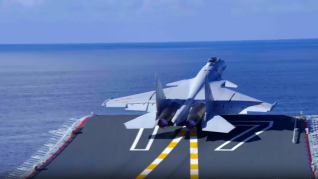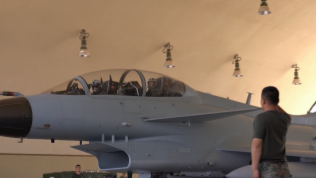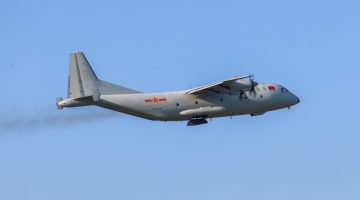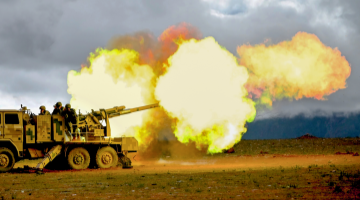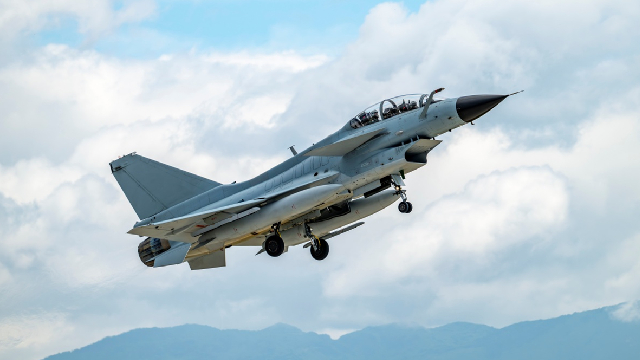By Xie Siqiang
Recently, NATO conducted exercise Baltic Operations 2025 (BALTOPS 25), involving over 40 vessels, 25 aircraft, and approximately 9,000 personnel, from 16 NATO member states, including the US, the UK, Turkey and Baltic littoral countries.
A key feature of this year's BALTOPS 25 is the live-fire drills of unmanned equipment. In addition to traditional training subjects such as air defense, maritime interception, anti-submarine warfare, mine countermeasures and medical evacuation, the exercise incorporated surface unmanned vessels and unmanned underwater vehicles into core tasks like anti-submarine and mine-sweeping operations, focusing on testing manned-unmanned cooperative combat ability. This move not only reflects lessons learned from the large-scale use of drones and unmanned surface vessels in the Ukraine crisis, but also aims to adapt to future battlefields where unmanned and intelligent systems are expected to play an increasingly prominent role. It serves as a rehearsal for NATO to further integrate unmanned platforms into modern maritime and air operations.
Notably, the exercise was conducted close to Russia's strategic enclave of Kaliningrad and its northwestern border. It reinforced NATO's coordinated deployments on both the eastern and western flanks of the Baltic Sea and enhanced its forward deterrence posture against Russia.
At present, the return of Donald Trump to the White House has dealt a serious blow to transatlantic relations, while divisions among NATO member states over defense spending and their positions on the Ukraine crisis continue to deepen. Amid multiple internal divisions, NATO seeks to demonstrate its unity and capacity for coordinated action through this large-scale joint exercise, especially with the active participation of Sweden and Finland as its newest members. For Latvia, which shares a direct border with Russia, NATO's show of force has undoubtedly reinforced its resolve to remain closely aligned with the alliance.
Before the BALTOPS 25, Russia conducted a large-scale drill near the Baltic Sea on May 27, involving more than 20 warships, speed boats and support vessels, along with 25 fixed-wing aircraft and helicopters, to practice anti-submarine warfare, counter drone boat attacks, and strike maritime and aerial targets. Russia has not only deployed the main forces of its Baltic Fleet but also transferred troops from its Northern Fleet for cross-regional operations, demonstrating its integrated maritime and aerial warfighting capabilities.
NATO and Russia are holding exercises in the Baltic Sea almost simultaneously, creating a head-to-head confrontation. The frequent encounters between their ships and aircraft in these narrow waters have raised concerns about possible accidental clashes and further escalation in the region. Since the outbreak of the Ukraine crisis, the Baltic Sea has become a key front in the strategic rivalry between NATO and Russia. With Finland and Sweden joining NATO, in particular, all Baltic coastal states except Russia are now members of the Alliance. In the future, such joint exercises in the same waters are likely to take place more frequently in the Baltic region, which would further intensify maritime competition between NATO and Russia.
(The author is from the PLA Academy of Military Sciences.)







